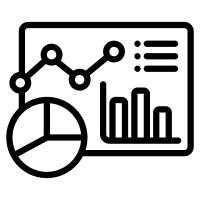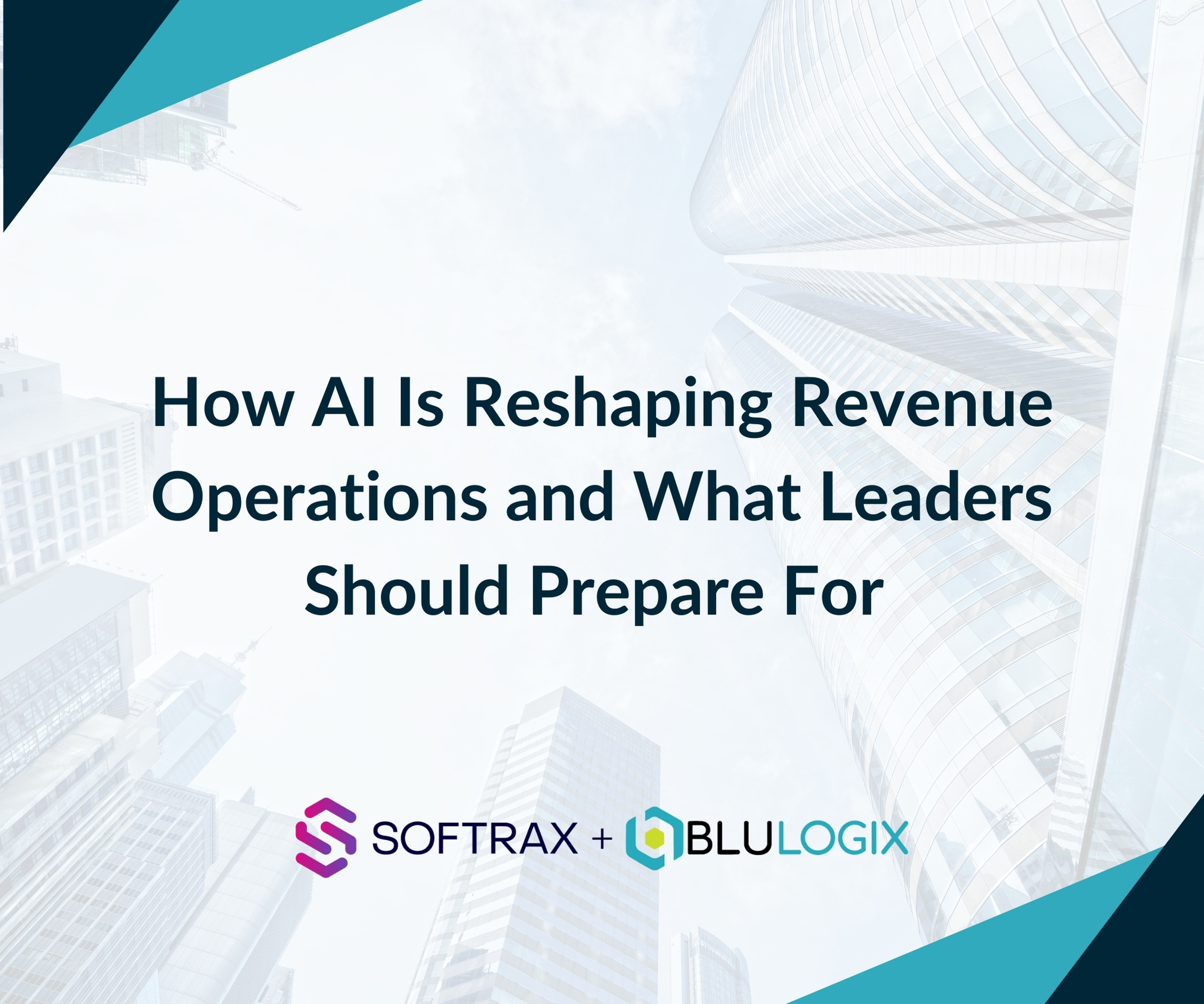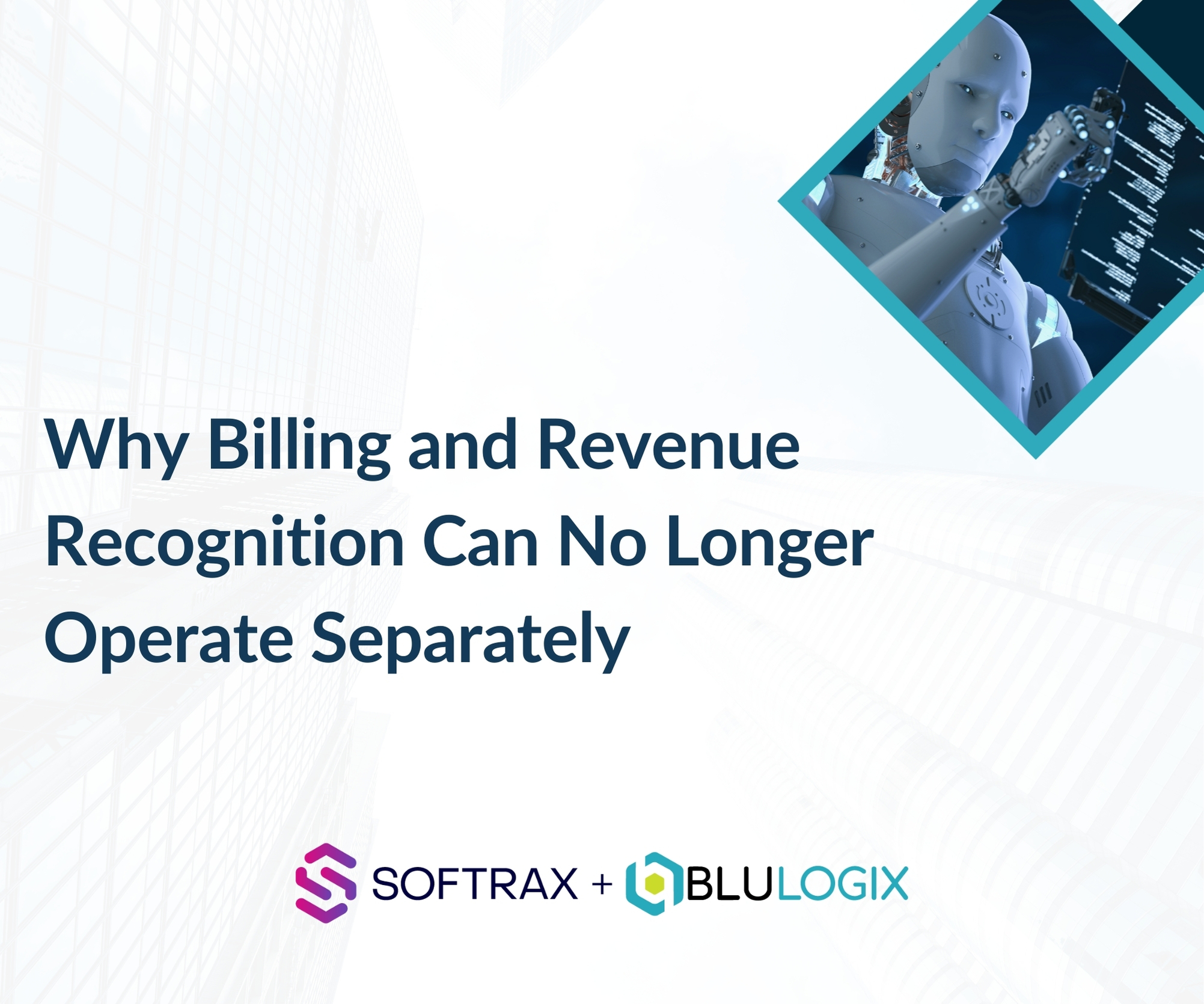See why growth companies choose BluIQ
The Ultimate in Flexibility and Scalability for Subscription Management and Billing.

BluIQ is a configurable platform that bridges the gaps between your CRM, ERP and related business processes.

Customize Your Monetization Platform Quickly and Cost-Effectively.

The Ultimate Flexibility and Scalability to Process Complex Data Staging & Mediation Scenarios with Ease

End-to-end Integration for Seamless Order Activation and Provisioning

BluLogix Chargeback & Cost Recovery for Public Sector and Enterprise Organizations

BluIQ gives you reporting, intelligence and insights in one package.

Empowering Ecommerce, Self-Management, and Seamless Renewals with Channel Support


Lessons, observations and insights for the subscription business

How BluIQ helps our customers’ subscription businesses successfully grow

The latest news and analyst reports on the Software-as-a-Service and Subscription industry

Attend an event near you to connect, learn, and gain inspiration.

The best companies in the world trust BluLogix for all of their billing needs

A collection of recorded webinars and videos on Software-as-a-Service and Subscription Management

Details on BluIQ subscription management and billing platform specifications

Subscription and Software-as-a-Service guides with actionable insights

Why Top Companies Choose BluLogix
Every business needs a process for charging or invoicing customers. In the realm of Software-as-a-Service and Cloud Computing technologies, automated billing is increasingly prevalent. Automated billing allows for better resource allocation, removes friction from the billing process, and leverages multiple data points. Most importantly, automated billing provides companies a stream of recurring revenue. But the complexity of a recurring revenue model requires businesses to rethink how they manage monetization.
Updating, launching, or building a home-grown monetization system requires a significant investment of time, money, and energy. With so much to invest, this begs the question: when is the right time to automate billing to ensure a successful transition? This post will examine crucial inflection points companies can look to when adjusting their monetization strategy.
Before establishing a timeline for automated billing implementation, a business should understand the benefits of doing so. Ultimately, automated billing leads to growth and owning a more significant share of the market. This is achieved both directly and indirectly through the implementation of an automated technology. The following list provides just a handful of the benefits of automated billing.
In addition to the advantages listed above, automated billing keeps a business from losing to its competition. Digital transformation is part of the future, and automation technology is a crucial aspect of digital transformation. 76% of CIOs report increased demand for new digital products or services during the pandemic, and 83% expect this demand to increase further in the upcoming years. Industries across the board are advancing revenue operations (RevOps) with technology. A business has to choose whether to get on board or fall behind.
The decision to automate billing is an easy decision for many. Most businesses see the value in leveraging automated billing to free up resources that would otherwise be dedicated to billing. The challenge is establishing a timeline to implement an automated billing infrastructure. The effects of a change in billing reverberate throughout an organization. With so many stakeholders involved, the process needs to align several initiatives.
The most essential step in doing so is getting the timing right. Bad timing only makes the implementation harder, causing inefficiencies in data migration. By getting the timing right, all facets of business operations are on the same page, and implementations by each business unit happen hand-in-hand. The benefits do not stop there. With proper timing, a business will find that they can achieve more flexibility in their transition in revisiting goals during a phased implementation as opposed to something rushed and poorly timed. Finally, the right timing makes for the swiftest drive to market.
The right time to automate billing is relative and depends on an individual business’s circumstances. But for all companies, the timing consistently relies on key inflection points. Below is a list of common triggers that can cause a company to change the way they bill.
Once a business has decided on the proper timing for a new monetization strategy and automated billing system, it is time for the technical implementation of that system. Building the infrastructure for a new way of billing is a challenging and resource-consuming process. Rather than focusing on what they do best and developing products, the employees of a company could end up spending all of their time designing, implementing, and refining a billing system. For this reason, it is advantageous to find an expert partner who can walk through the transition with you.
Learn more about the pros and cons of building in-house versus going with a partner.
At BluLogix, we’ve been that expert partner for businesses across multiple industries, including Software-as-a-Service, UCass and Telecom, Internet-of-Things, and Cloud Computing. We leverage over a decade worth of experience in designing and implementing billing systems to provide our clients with a seamless transition to automated billing. If you would like to learn more about how BluLogix can empower your monetization strategy, reach out to schedule a demo today.



| Cookie | Duration | Description |
|---|---|---|
| cookielawinfo-checbox-analytics | 11 months | This cookie is set by GDPR Cookie Consent plugin. The cookie is used to store the user consent for the cookies in the category "Analytics". |
| cookielawinfo-checbox-functional | 11 months | The cookie is set by GDPR cookie consent to record the user consent for the cookies in the category "Functional". |
| cookielawinfo-checbox-others | 11 months | This cookie is set by GDPR Cookie Consent plugin. The cookie is used to store the user consent for the cookies in the category "Other. |
| cookielawinfo-checkbox-necessary | 11 months | This cookie is set by GDPR Cookie Consent plugin. The cookies is used to store the user consent for the cookies in the category "Necessary". |
| cookielawinfo-checkbox-performance | 11 months | This cookie is set by GDPR Cookie Consent plugin. The cookie is used to store the user consent for the cookies in the category "Performance". |
| viewed_cookie_policy | 11 months | The cookie is set by the GDPR Cookie Consent plugin and is used to store whether or not user has consented to the use of cookies. It does not store any personal data. |
The Ultimate in Flexibility and Scalability for Subscription Management and Billing.
